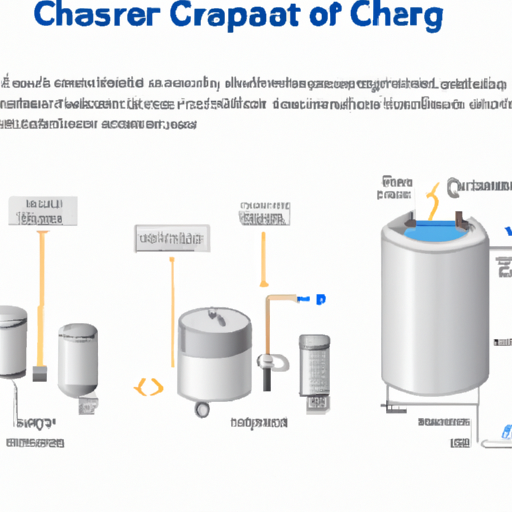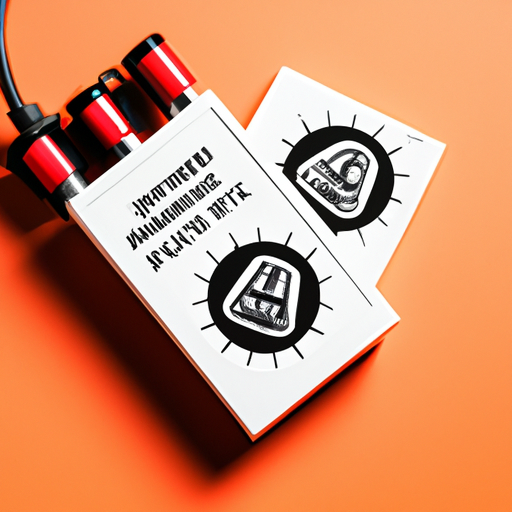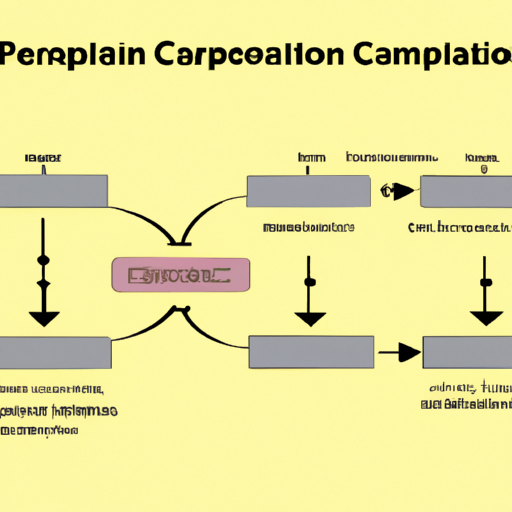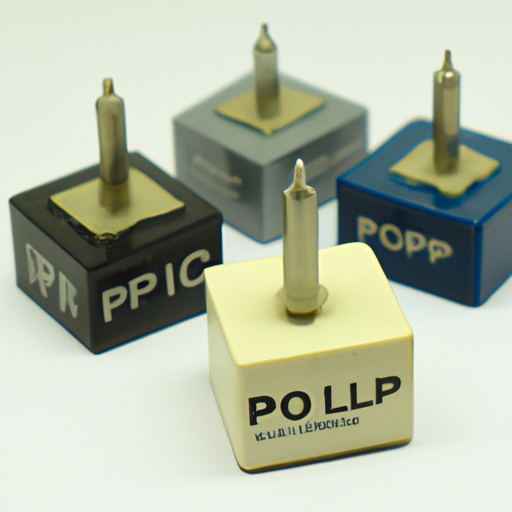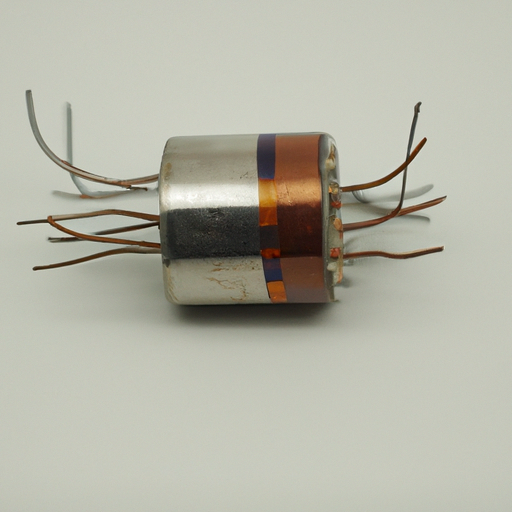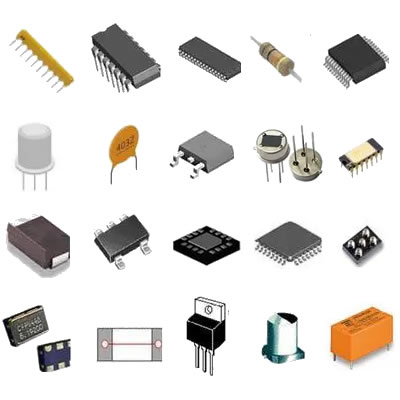What is the charging and discharging production process of mainstream capacitors?
What is the Charging and Discharging Production Process of Mainstream Capacitors?
I. Introduction
Capacitors are fundamental components in electronic circuits, serving as energy storage devices that can release energy when needed. They play a crucial role in various applications, from power supply systems to signal processing and energy storage. Understanding the charging and discharging processes of capacitors is essential for engineers and designers, as these processes directly influence the performance and efficiency of electronic devices. This blog post will explore the types of capacitors, the mechanisms of charging and discharging, the production process, and their applications in modern technology.
II. Types of Capacitors
Capacitors come in various types, each with unique structures, materials, and applications. The most common types include:
A. Electrolytic Capacitors
Electrolytic capacitors are polarized capacitors that use an electrolyte as one of their plates. They typically have a high capacitance value, making them suitable for applications requiring significant energy storage, such as power supply filtering and decoupling.
B. Ceramic Capacitors
Ceramic capacitors are non-polarized capacitors made from ceramic materials. They are known for their stability and reliability, making them ideal for high-frequency applications, such as RF circuits and timing applications.
C. Film Capacitors
Film capacitors use thin plastic films as the dielectric material. They are non-polarized and offer excellent stability and low losses, making them suitable for audio applications, power electronics, and energy storage.
D. Tantalum Capacitors
Tantalum capacitors are another type of electrolytic capacitor, known for their small size and high capacitance. They are often used in applications where space is limited, such as in mobile devices and medical equipment.
III. The Charging Process
A. Definition of Charging in Capacitors
Charging a capacitor involves storing electrical energy in the form of an electric field between its plates. When a voltage is applied across the capacitor, it begins to accumulate charge.
B. Mechanism of Charging
1. **Voltage Application**: When a voltage source is connected to a capacitor, the positive terminal of the voltage source attracts electrons from the capacitor's plate, creating a positive charge on that plate. Simultaneously, electrons accumulate on the opposite plate, creating a negative charge.
2. **Current Flow and Electron Movement**: The flow of current continues until the voltage across the capacitor equals the applied voltage. During this process, electrons move through the circuit, and the capacitor charges up.
C. Factors Affecting Charging
1. **Capacitance Value**: The capacitance value determines how much charge a capacitor can store. Higher capacitance allows for more charge storage.
2. **Resistance in the Circuit**: The resistance in the circuit affects the charging time. Higher resistance results in slower charging.
3. **Voltage Level**: The applied voltage level influences the charging rate. A higher voltage leads to a faster charging process.
D. Time Constant and Its Significance
1. **RC Time Constant**: The time constant (τ) is defined as the product of resistance (R) and capacitance (C) in the circuit (τ = R × C). It indicates how quickly a capacitor charges to approximately 63% of the applied voltage.
2. **Charging Curve**: The charging curve of a capacitor is exponential, showing that the voltage across the capacitor increases rapidly at first and then gradually levels off as it approaches the applied voltage.
IV. The Discharging Process
A. Definition of Discharging in Capacitors
Discharging a capacitor involves releasing the stored electrical energy back into the circuit. This process occurs when the capacitor is connected to a load.
B. Mechanism of Discharging
1. **Release of Stored Energy**: When a load is connected across the capacitor, the stored energy is released as current flows from the capacitor to the load.
2. **Current Flow and Electron Movement**: Electrons move from the negatively charged plate to the positively charged plate, neutralizing the charge and allowing the capacitor to discharge.
C. Factors Affecting Discharging
1. **Load Resistance**: The resistance of the load affects the discharging time. A lower resistance allows for faster discharging.
2. **Capacitance Value**: The capacitance value also influences the amount of energy stored and the discharging time. Higher capacitance results in more stored energy and a longer discharging time.
D. Time Constant and Its Significance
1. **RC Time Constant**: Similar to the charging process, the time constant during discharging is also defined as τ = R × C. It indicates how quickly a capacitor discharges to approximately 37% of its initial voltage.
2. **Discharging Curve**: The discharging curve is also exponential, showing that the voltage across the capacitor decreases rapidly at first and then gradually levels off as it approaches zero.
V. Production Process of Capacitors
A. Raw Materials
1. **Dielectric Materials**: The choice of dielectric material is crucial for determining the capacitor's performance. Common dielectric materials include aluminum oxide for electrolytic capacitors, ceramic for ceramic capacitors, and plastic films for film capacitors.
2. **Conductive Materials**: Conductive materials, such as aluminum or tantalum, are used for the plates of the capacitors. The choice of material affects the capacitor's efficiency and performance.
B. Manufacturing Steps
1. **Material Preparation**: The raw materials are prepared and processed to meet specific requirements for capacitance, voltage rating, and size.
2. **Layering and Assembly**: The dielectric and conductive materials are layered and assembled to form the capacitor. This step may involve winding, stacking, or layering techniques, depending on the type of capacitor being produced.
3. **Encapsulation**: The assembled capacitors are encapsulated to protect them from environmental factors and mechanical stress. This step ensures the longevity and reliability of the capacitors.
4. **Testing and Quality Control**: Each capacitor undergoes rigorous testing to ensure it meets performance specifications. Quality control measures are implemented to identify and rectify any defects in the production process.
C. Innovations in Capacitor Production
1. **Advances in Materials**: Research and development in new dielectric and conductive materials have led to improved capacitor performance, including higher capacitance values and better thermal stability.
2. **Automation and Efficiency**: The introduction of automation in the manufacturing process has increased efficiency and reduced production costs, allowing for the mass production of capacitors.
VI. Applications of Capacitors
Capacitors are used in a wide range of applications, including:
A. Power Supply Systems
Capacitors are essential in power supply systems for filtering and smoothing voltage fluctuations, ensuring stable power delivery to electronic devices.
B. Signal Processing
In signal processing, capacitors are used for coupling and decoupling signals, allowing for the transmission of audio and radio frequency signals without distortion.
C. Energy Storage
Capacitors serve as energy storage devices in various applications, including renewable energy systems, where they store energy generated from solar panels or wind turbines.
D. Filtering and Smoothing
Capacitors are used in filtering applications to remove unwanted noise from signals and smooth out voltage levels in power supplies.
VII. Conclusion
Understanding the charging and discharging processes of capacitors is vital for anyone involved in electronics design and engineering. These processes influence the performance and efficiency of capacitors, which are integral to modern electronic devices. As technology advances, innovations in capacitor production and materials will continue to enhance their capabilities, leading to new applications and improved performance in various fields.
VIII. References
1. Academic journals on capacitor technology and materials science.
2. Industry publications detailing advancements in capacitor manufacturing.
3. Online resources and textbooks covering electronics and circuit design.
This comprehensive overview of capacitors, their charging and discharging processes, and their production highlights their significance in the electronic world. As we move forward, the role of capacitors will only grow, making it essential to stay informed about their development and applications.

